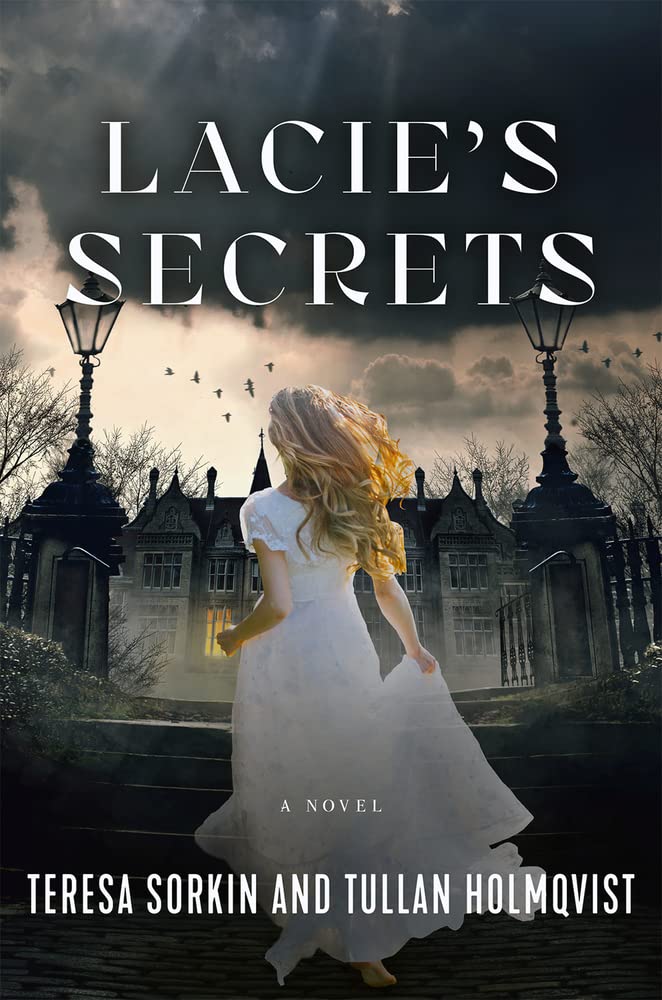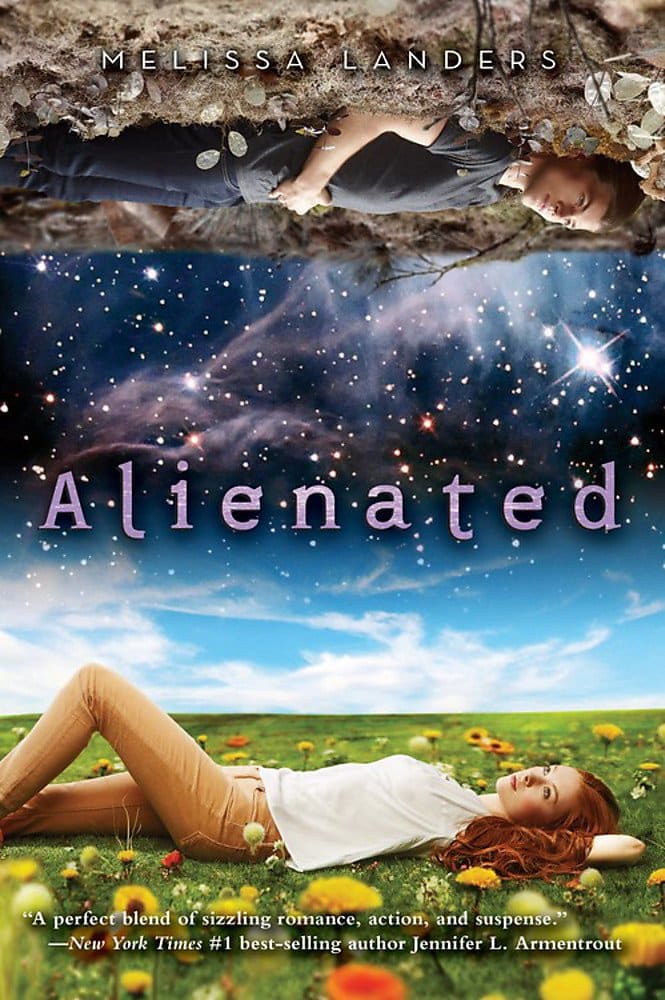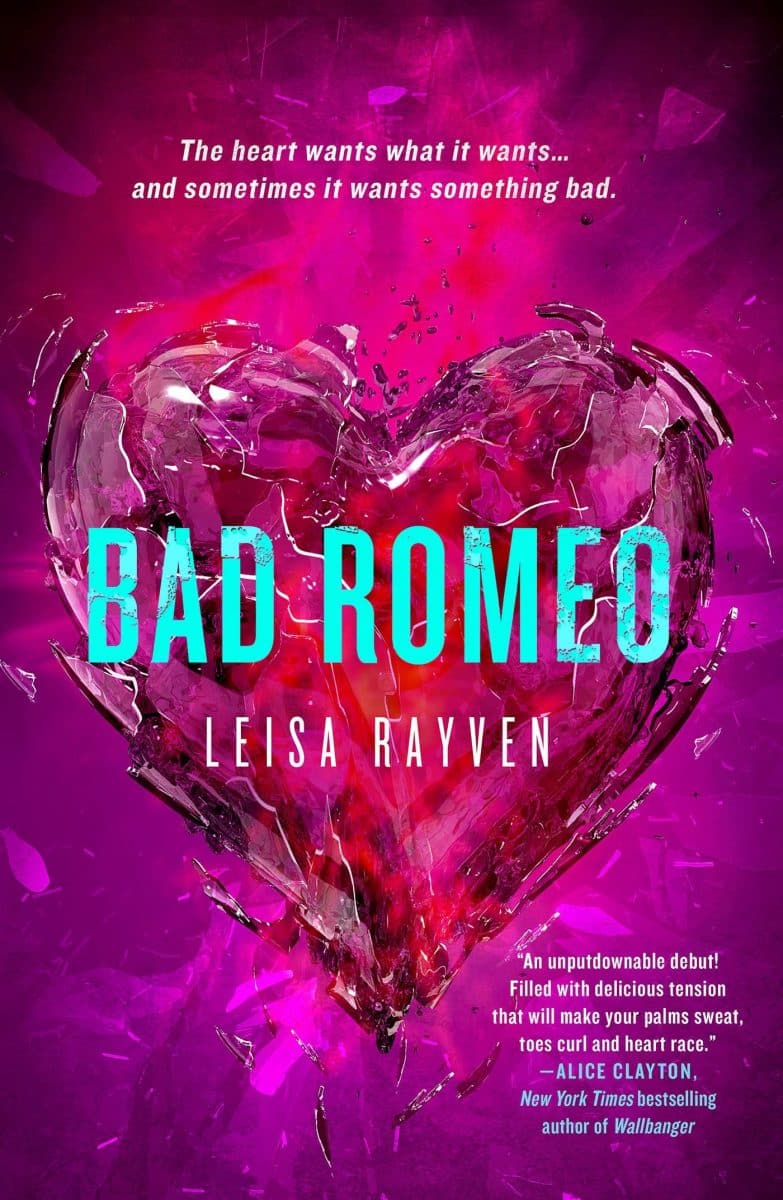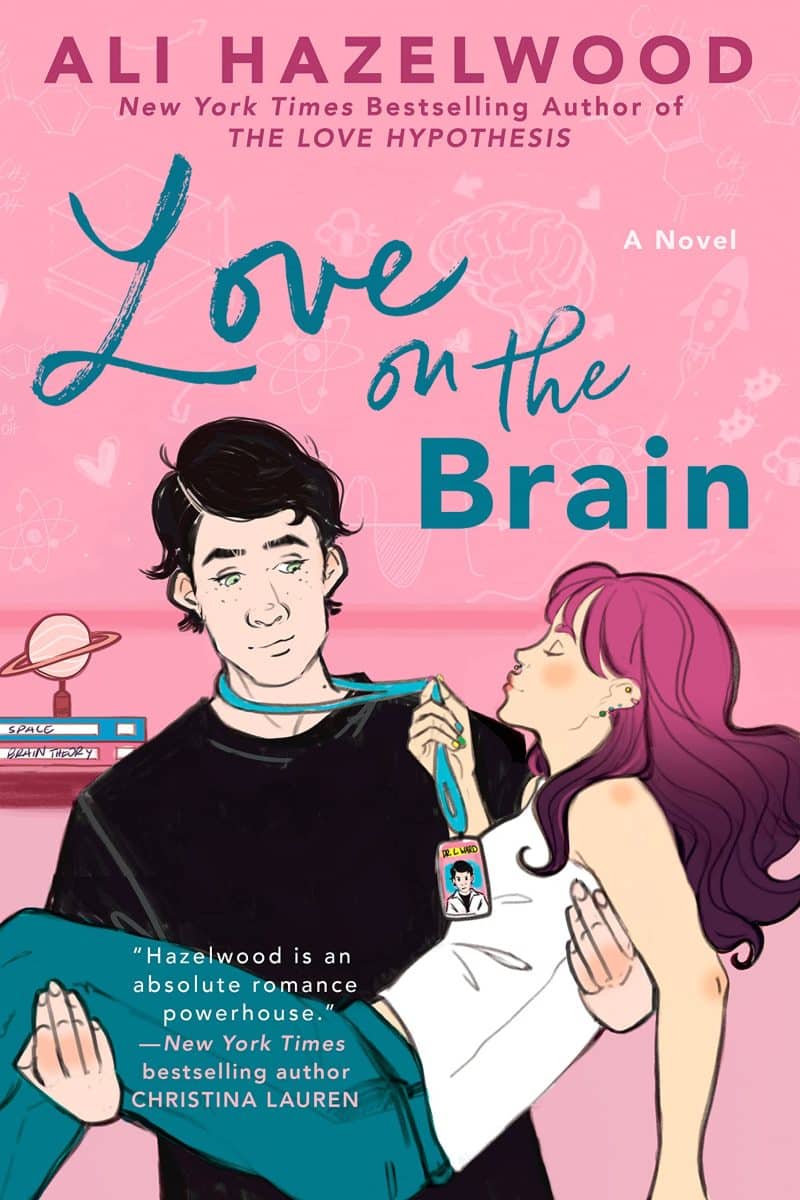New blogger coming at you under the pen name, The BEAUpire Diaries. I am one of three interns at Beaufort Books this Fall 2022 and I will be starting my first blog post off by talking about what’s trending, what I’m loving after reading what’s been trending, and what should have gotten more attention as trends have passed along.
Every few years, the book community seems to change what genre/theme of books is trending amongst readers. There is no predicting what those books will be, but once they’re trending they are suddenly everywhere until we’re all sick of them and onto the next “new” thing. In the early 2000s, vampire/supernatural books were the thing with Twilight, The Vampire Diaries, The Vampire Academy, Vampire Kisses, Eighth Grade Bites, and so many more. It then trends moved on to dystopian novels for a bit with some iconic movies following like The Hunger Games, Divergent, and The Maze Runner. As much as we would love to bring all those books back for the sake of nostalgia, they are (for now) meant to be left in the past.
What I am really seeing as a trend in books nowadays is the cheesy rom-com with bright and colorful cartoon covers that all kind of look the same. However, I like others have yet again fallen for the trends and am loving and buying all the romance.
Below you’ll find all books that I have loved reading, featuring a little bit of all the trendiest genres/themes — a few have done pretty well in the market, and there are some that deserve to do even better, but enjoy.

Lacie’s Secrets by Teresa Sorkin and Tullan Holmqvist
In no way am I biased by adding this book to what I’m loving, but one of our books, Lacie’s Secrets is one of the best spooky fall time reads to have on hand during these upcoming months of gloom. For readers and fans of Big Little Lies and The Haunting of Hill House, Lacie’s Secrets is a psychological thriller that takes place on the coast of Maine, when Kate’s sister disappears 18 years ago, and in the present time, her mother suddenly dies inheriting their estate motivating Kate’s return and the unraveling of secrets begins.

Alienated by Melissa Landers
Somewhere after the boom of dystopian titles, the sci-fi genre attempted to be the next big trend. The 5th Wave did well, but the others that followed lagged behind. Alienated by Melissa Landers was a book that I loved years ago romanticizing life living alongside aliens when Cara Sweeney falls for the first alien exchange student, Aelyx.

Bad Romeo by Leisa Rayven
With all of the swoon-worthy, new adult romance going around, I am surprised that this book hasn’t received its moment in the spotlight yet. This was the first adult romance book that I had read back when I was a senior in high school (six years ago) and I was so obsessed with it that I had my own fan cast. Bad Romeo follows the good girl meets bad boy trope when Cassie Taylor meets Ethan Holt while in acting school and they are cast to play Romeo and Juliet together.

Love on the Brain by Ali Hazelwood
One of the most recently published and trending books that I wanted to feature is Love on the Brain by Ali Hazelwood. This is also an example of one of those iconic cartoon romance covers, but I guess they beat the romance covers that have shirtless, hairy men. Ali Hazelwood is well-known for her book, The Love Hypothesis, and a few others. I have yet to read this book, but I did buy it when it came out to add to my neverending TBR stack. Love on the Brain follows the enemies-to-lovers trope when Bee is offered her dream position with NASA the only setback being she is partnered with Levi Ward who has made it clear in grad school his feelings toward Bee.
I am looking forward to continuing to work with Beaufort Books for the Fall 2022 term and writing more wildly interesting and creative blogs. The romance genre has always been a favorite of mine, so the blogs may lean heavier that way, but nevertheless.
Sincerely,
The BEAUpire Diaries